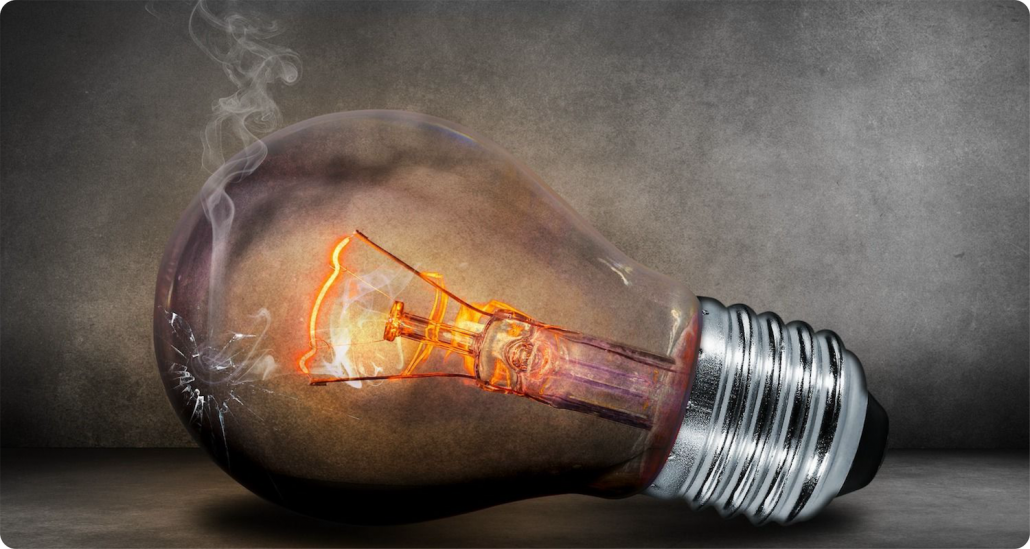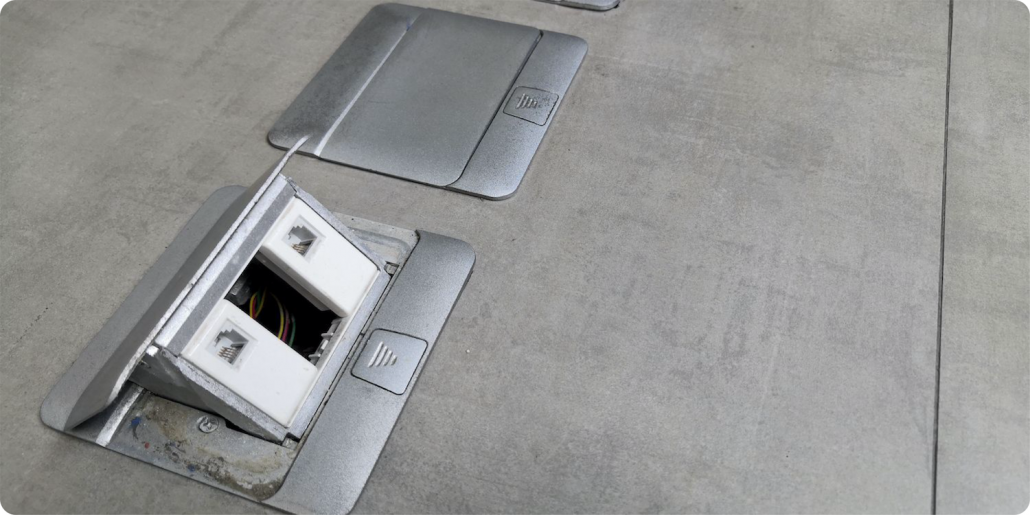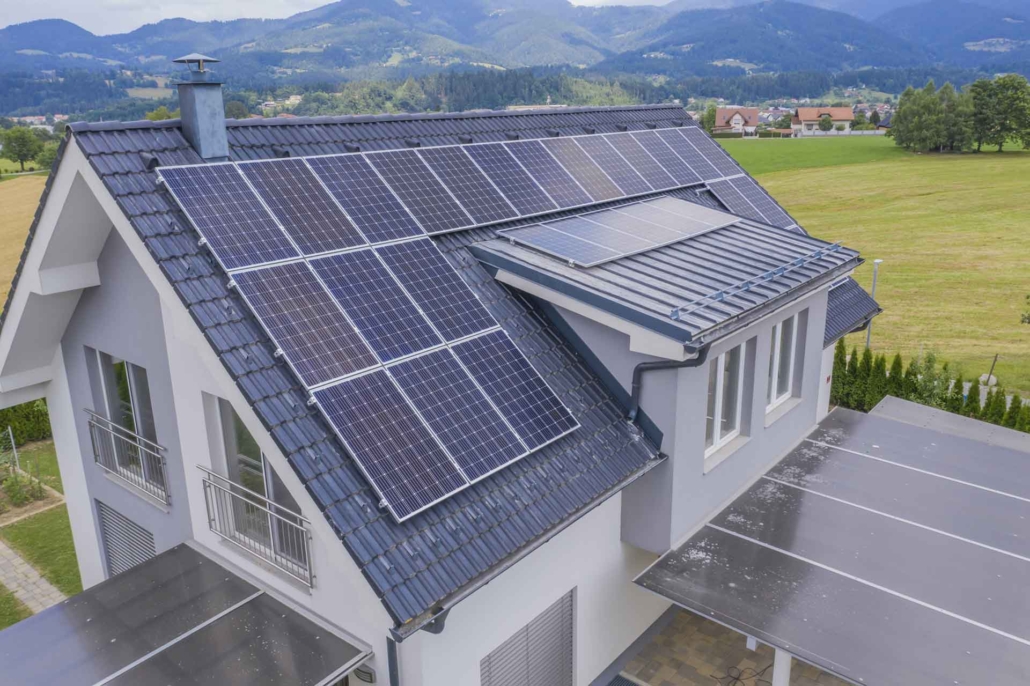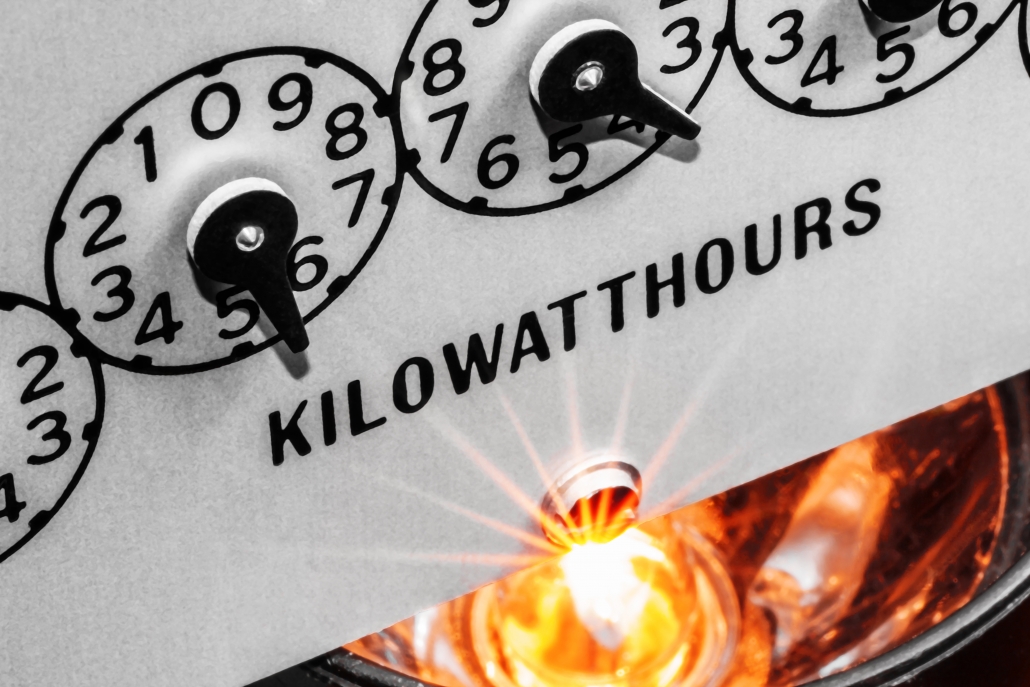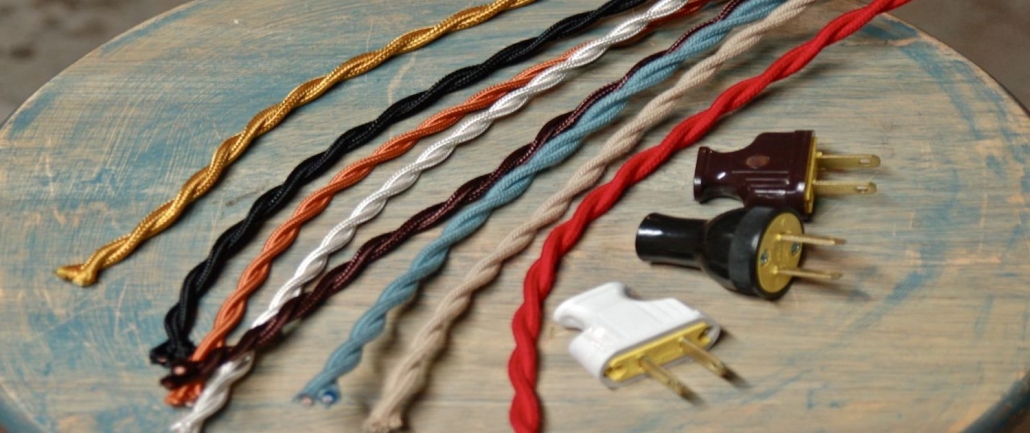November 20, 2020 | Cristina Dinulescu
When it comes to home improvements, there are some investments you need to make to be sure your home is properly protected. An electrical weatherhead can be such an investment. Climate change is real and we’ve seen more and more significant weather changes over the last decade, including drastic or sudden changes. Being prepared for storms and heavy rains just makes good sense.
Just as you invest in air cooling systems to protect you from the summer heat or heating units to keep you warm during the winter, you need to consider your options when it comes to rain. And weatherheads can be exactly the solution you are looking for.
A weatherhead can protect your electrical system from water during rough weather like heavy rain or snow, as long as all components are properly installed and sealed. So before anything else, make sure you contact a certified electrician that can help with the installation process. If it’s not properly installed, then you risk water leakages, which can cause significant damage and may end up costing you a lot.
What Is A Weatherhead?
Simply put, an electrical weatherhead is a rounded cap, meant to keep the water out of the pipes. It is also known as a weathercap, a service head, a gooseneck or a service entrance cap, and it’s quite popular. There are plenty of homes and buildings that have it installed and chances are you’ve seen it several times before.
Not only does it protect against water, but this service entrance cap is also an essential part of the transfer of power from the utility company to your house. It is installed where the service wires coming from the utility company reach your house if this happens through overhead wires instead of an underground entrance. It’s role is to protect the connection.
The whole point of this waterproof cap is to prevent water from coming in and safeguarding the conduit and the metal pipe through which the wires enter your home. Shaped like a hood, the weatherhead is facing down at an angle of at least 45°. It also has a rubberized gasket to ensure a tight seal.
Anatomy of The Weatherhead
The requirements for the weatherhead are dictated by the National Electrical Code. They’re traditionally anchored to the mast, which is a metal pole rising through the roof. However, not all service caps are mounted to the masts, some types have clamps that anchor into the wall. However, they all follow the same structure. Each weatherhead has a service entrance and a service point.
The service entrance
The service entrance represents the group of wiring and structural parts used to connect your home to the utility power grid. The service entrance starts at the transformer, which is installed on the utility’s power pole. The service drop is the assembly of heavy insulated wires and metal cables installed overhead from the transformer to your home. As mentioned above, this is either attached to the exterior of your home or anchored to a metal pole which is rising through the roof. The pole is known as the mast, containing the service entrance conductors, which are several individual wires.
The wires that enter the house through a weathercap drop down through a conduit to an electric meter, which measures the power usage, and then enter the main service panel. This contains the main circuit breaker, which controls the entire electric current entering the house. Usually, there are also several other breakers to protect individual branch circuits, unless these reside in a separate service panel. For residential buildings, in the USA, the 120/240 V split phase system is used. Basically, the service drop is made up of two 120 V lines, plus a neutral line.
The neutral line is connected to the service panel through a conductive rod, which is driven into the earth. The service drop offers the building two 120 V lines of opposite phase, which means that 240 V are provided. These circuits are used to feed energy-hungry devices such as water heaters, air conditioners, clothes dryers, boilers and ovens.
The service point
Because of the shape of the weatherhead, rain and snow are kept out of the mast. On the one hand, the service cap covers the mast so that rain and snow do not fall in. But it does more than that. Due to the way in which the service drop is anchored, a drip loop is created. Because of it, any rain that drips on the service drop wires will flow downward and fall off the bottom of the drip loop instead of the service drop.
The service point is where the service drop wires connect to the service entrance conductors and it’s the official point of transfer. Because of this, everything on the utility side of the service point is taken care of by the utility company and everything on the house side is handled by an electrician.
Fixing The Weatherhead
Because the weatherhead is directly connected to the utility power pole, an untrained homeowner should not be touching the wires. Even though it might be the homeowner’s responsibility, only an electrician should handle the installation and maintenance of the weatherhead. So, if you notice that the weathercap is damaged due to falling trees, heavy winds or any other cause, call an expert to handle all related issues and do not attempt to intervene yourself. It is very dangerous and risky.



